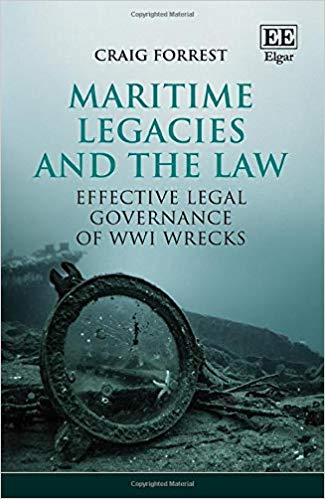
The shipwrecks of WWI constitute a vast, dispersed and distinctive underwater legacy. This insightful book addresses the need to rethink how they can be protected, through an examination of both private and public international law and the conventions governing them.
The recent centenary of WWI has prompted a shift in the way attention is focused on legacy wrecks. In this timely book, Craig Forrest considers both the development and current state of the laws that apply to these wrecks, as well as the issues that surround them, such as regulated and unregulated salvage and the potentially hazardous nature of wrecks left in situ.
The author then deftly analyses the adequacy of the existing legal framework, in particular the Convention on the Protection of Underwater Cultural Heritage, to fulfil its promise of protecting legacy wrecks for future generations as historical and archaeological resources, memorials and, more importantly, as maritime war graves.
This incisive book will prove necessary reading for all with an interest in underwater cultural heritage and its protection, including academics, practitioners and managers, government officials and policymakers. Underwater archaeologists and others interested in maritime law and naval history more broadly will also find its unique analysis useful.